'Why do I allow the fuchsias in my garden to live on? Because, despite their visual shortcomings, I am a fool for edible pleasure'
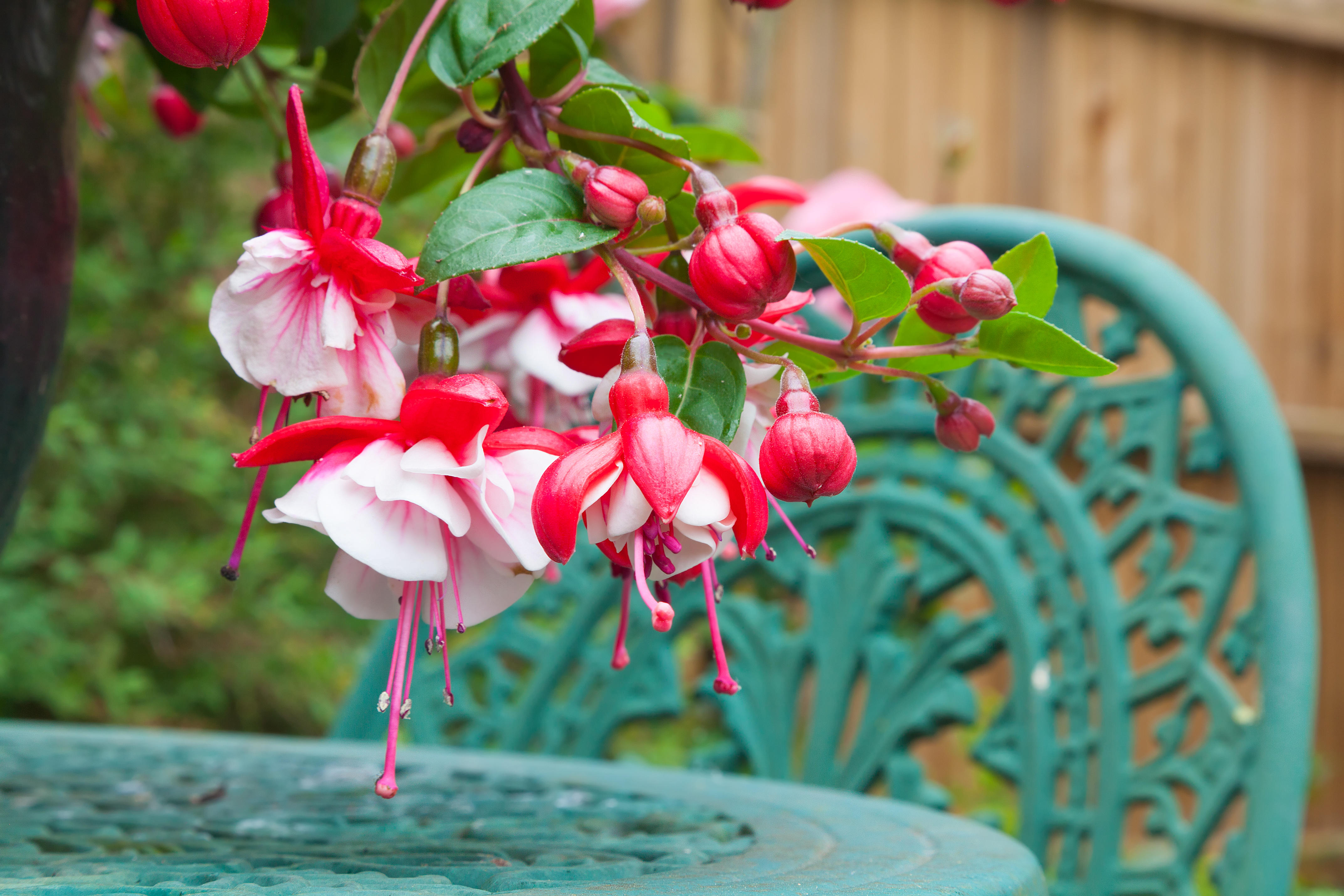

I’d very much like to do away with the fuchsias in the garden. Their flowers remind me of the earrings worn by those who all too quickly invite themselves to give you their rendition of Summertime. Were my garden in their native South America, I might think more favourably of those flowers, as they’ve evolved to be highly attractive to the hummingbirds that pollinate them, but here in east Devon, I am hummingbird-less and it’s bees who do the pollinating.
Why do I allow the fuchsias in my garden to live on? Because, despite their visual shortcomings, I am a fool for edible pleasure. The fruit can be really exceptional, with an intense flavour of plum, kiwi, grape and black-currant, with a peculiar — but very pleasant — hint of black pepper. I say ‘can’: the generic fuchsia can be a little bland, but many named varieties have a long deep flavour.
Named varieties of Fuchsia magellanica are what you are looking for. Even I will admit that when examined up close the four long, slender sepals and four shorter petals are quite the ornament, but looking from two steps further back makes me want to dig them up. Happily, it’s only a few weeks from flowers in July to eating usually in late August. These rather lovely-looking fruit are baton-shaped and typically a couple of inches long, ripening from a fresh green to a deep crimson in colour.
Once crimson, it can be hard to judge exactly when the fruit are at their best: keep taste-testing every couple of days until you get a perfect one and that will tell you the exact depth of colour you are looking for.
The flowers’ colour depends on the variety. The familiar bright-red sepals with purple petals are common, whereas other varieties may have white, red of any shade, purple, orange or blue flowers. Of the named varieties I have either grown or tried the fruit of, these are the ones I would recommend.
‘Globosa’ is relatively low growing, getting to about 3ft at most. It also flowers prolifically, fruits heavily and the flavour of those fruits is exceptional. Although it is as hardy as most, it can be susceptible to the top growth dying back in cold spells, but it recovers well.
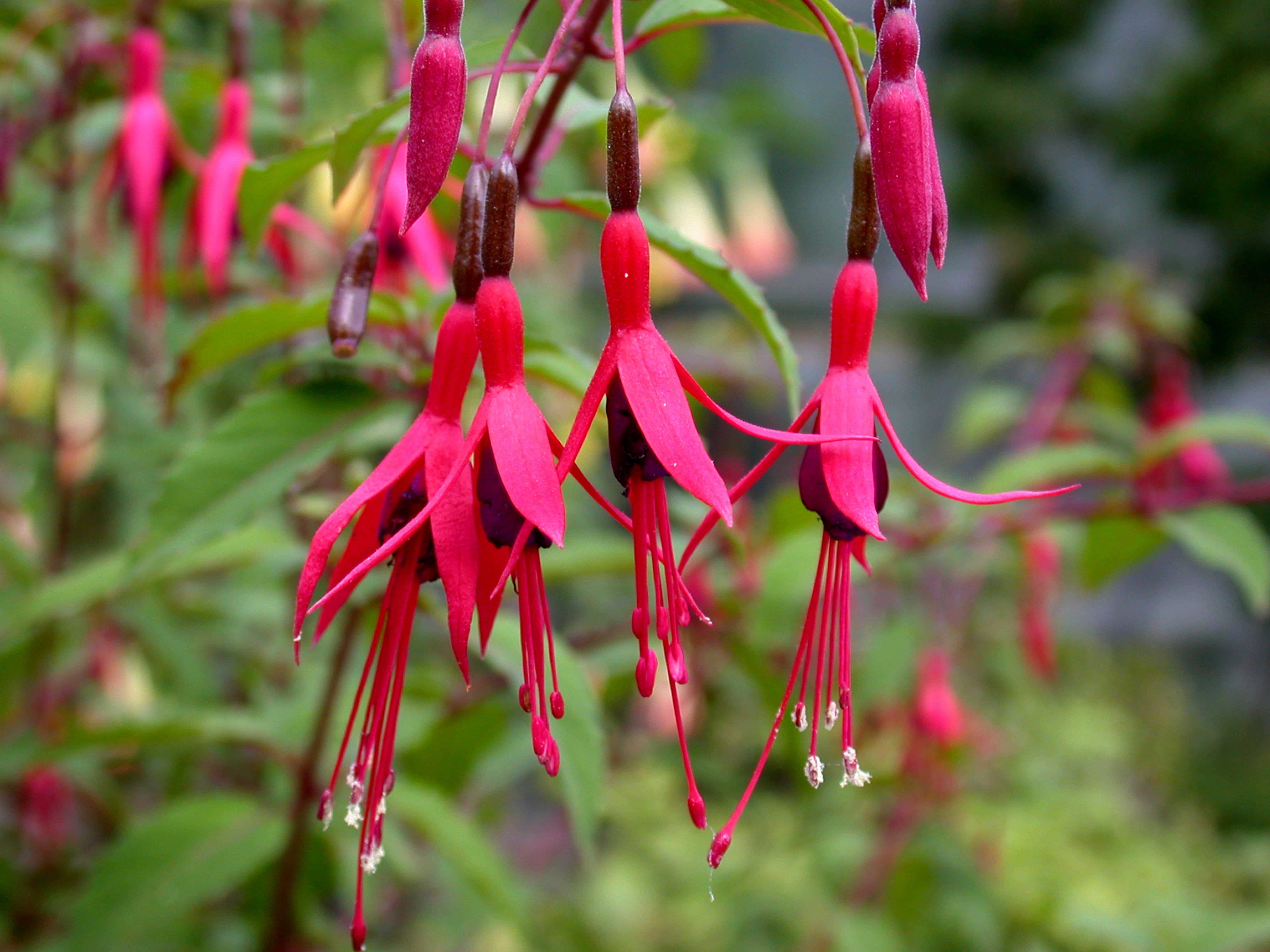
Fuchsia magellanica. Delicious (apparently).
'If you happen to get a decent harvest, try making a sorbet with them as it will be very good indeed'
If you are looking for a variety that is similarly delicious, but taller, try ‘Gracilis’, which will reach about 6ft in height. Larger still, ‘Riccartonii’ can reach 9ft in ideal conditions, is (together with ‘Vielebachen’) an excellent choice for colder areas, as its top growth is hardy down to -15°C and its prolific fruit is superb to eat. Most fuchsias are unlikely to fruit in sufficient qualities to do much with other than enjoy fresh, but if you happen to get a decent harvest, try making a sorbet with them as it will be very good indeed.
Exquisite houses, the beauty of Nature, and how to get the most from your life, straight to your inbox.
Fuchsia’s natural habitat is at woodland edges and in forest clearings, so it thrives in partial shade and sheltered locations, although it will tolerate imperfect conditions without being at its best. A well-drained soil is ideal, but the plant will get by in heavier soil as long as it doesn’t become waterlogged. If you live at the coast, you’ll be pleased to hear fuchsias are happy in maritime conditions.
Avoid frost pockets: top growth and the newest stems are liable to damage in low temperatures, so don’t be surprised if the slide into winter brings a little dieback or if there’s a little spring damage from a late dip in temperature once they’ve started growing. Luckily, they don’t start growing until late in spring, making up for it with vigour.
Fuchsias can be raised from seed: sow undercover in modules in spring, potting up when they are easy to handle. Keep them in a greenhouse or on a window sill for their first year, before planting out after the last frosts. Fuchsias take well to propagation from hardwood cuttings: in late autumn, cut 7in–8in-long stems, ensuring they are brown and woody rather than newer, green lengths. As with seedlings, grow them undercover for their first year.
Another considerable plus to counter-balance their appearance is the fact that I have never known fuchsias suffer any form of pest or disease and when I grew them in a field even the deer didn’t trouble them.
Mark is lucky enough to spend most of his time eating, growing, writing and talking about food. He has written fourteen award-winning books, including A Year at Otter Farm and A Taste of the Unexpected (both won Food Book of the Year, and Garden Book of the Year). Known for growing everything from Szechuan pepper to pecans to Asian pears, Mark's refreshing approach to growing and eating has done much to inspire a new generation to grow some of what they eat. He was involved in the early days of River Cottage, appearing in the TV series, and writing four River Cottage books. Mark writes to a global audience on his best-selling Substack: Mark Diacono’s Abundance.
-
 A Georgian farmhouse that's an 'absolute gem' in an ancient village on Salisbury Plain
A Georgian farmhouse that's an 'absolute gem' in an ancient village on Salisbury PlainJulie Harding takes a look at the beautiful West Farm in a gorgeous Wiltshire village.
-
 Can you guess the landmark from its gingerbread copy cat? Take our quiz
Can you guess the landmark from its gingerbread copy cat? Take our quizToday's quiz takes a detailed look at the gingerbread works on display at London's The Gingerbread City — and asks if you can guess which iconic landmark they are.
-
 What trees taught me about perfect planting — Alan Titchmarsh
What trees taught me about perfect planting — Alan TitchmarshSense and patience is key to growing healthy trees, as a certain Mr Mackenzie showed a young Alan Titchmarsh
-
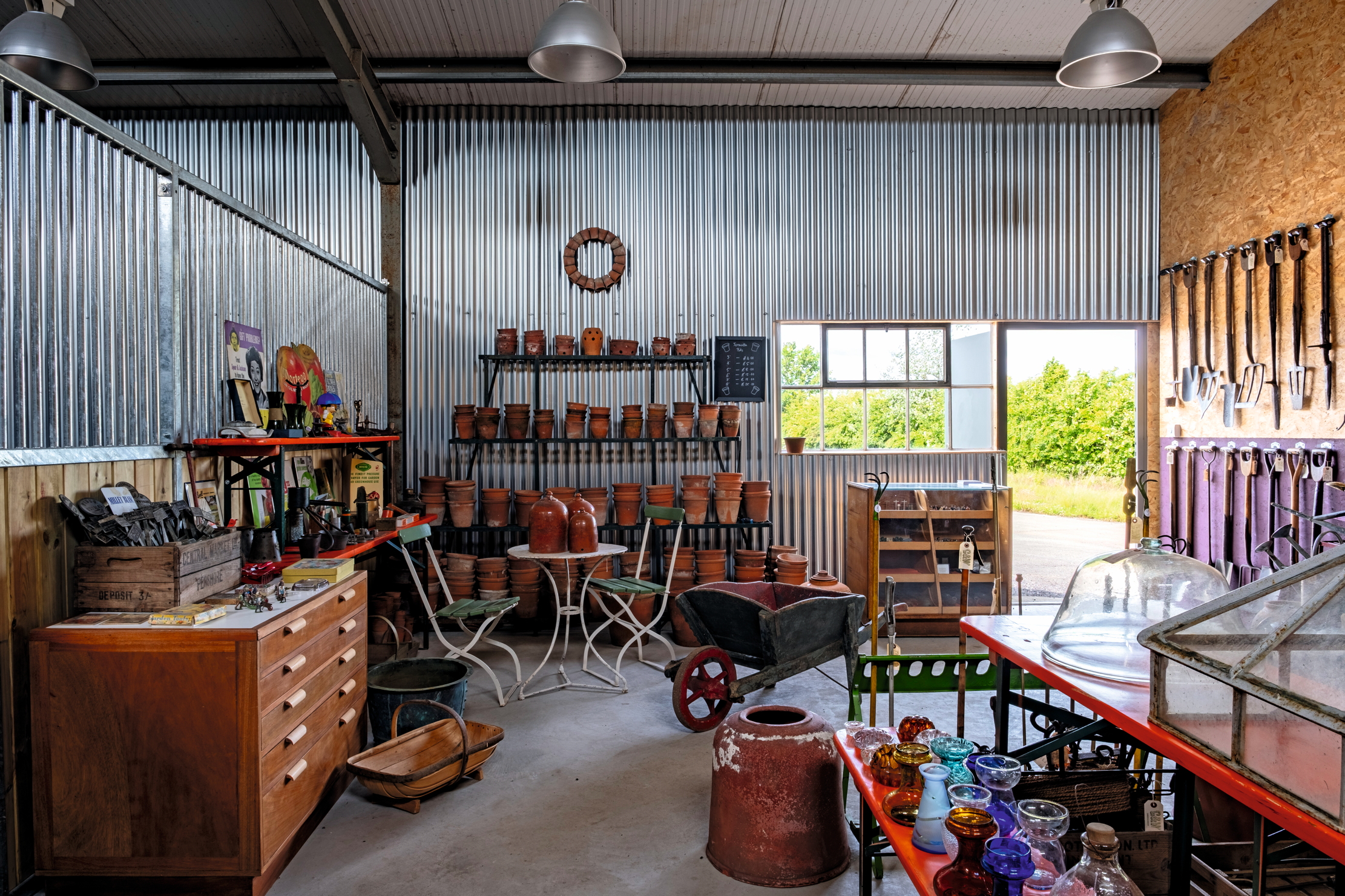 When it comes to making the perfect garden tool, the past has all the answers
When it comes to making the perfect garden tool, the past has all the answersMary Keen visits Garden & Wood, the mecca for dedicated gardeners who prefer using tools made in the 1940s
-
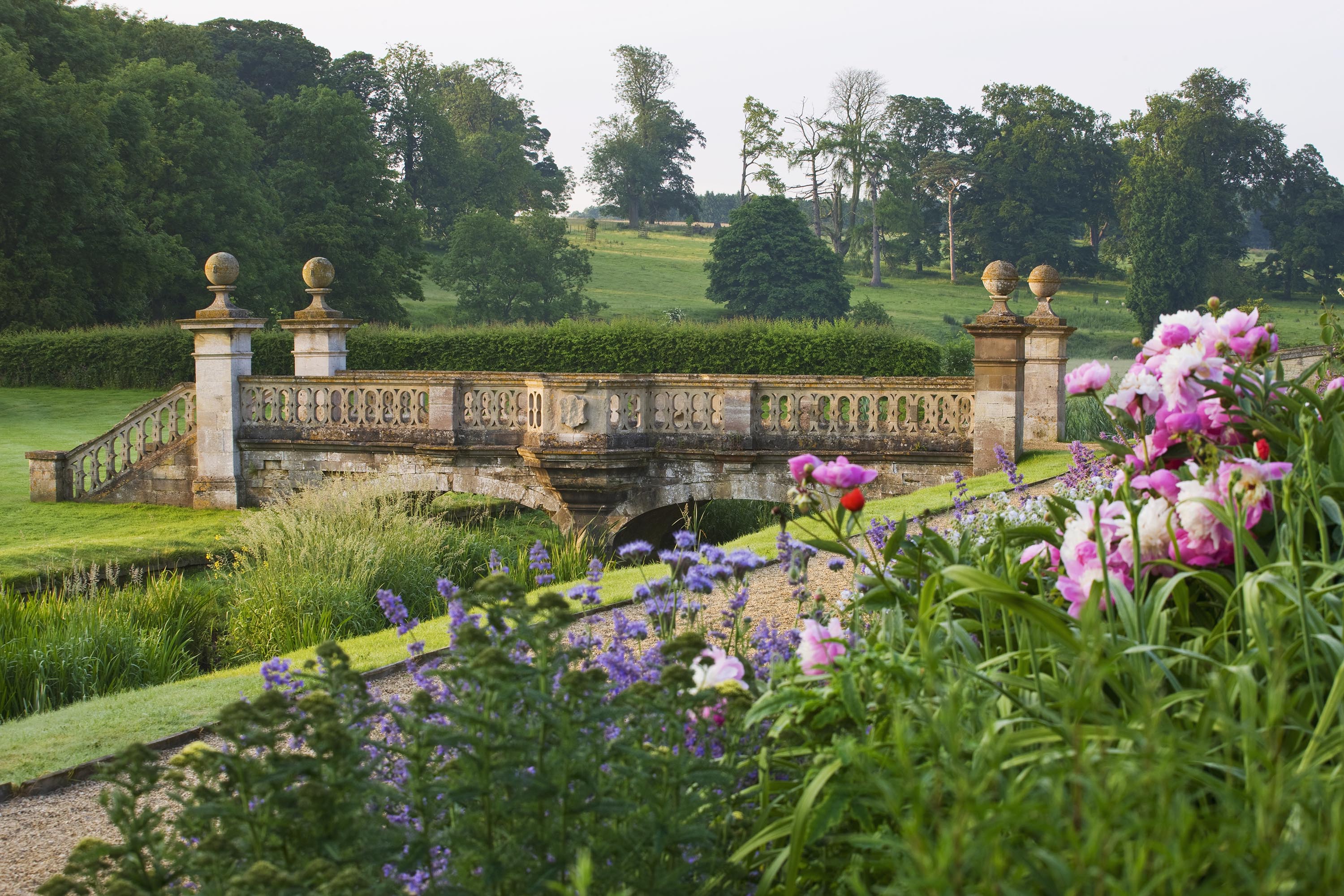 'A dream of Nirvana... almost too good to be true': The sweet peas of Easton Walled Gardens, and how you can replicate their success at home
'A dream of Nirvana... almost too good to be true': The sweet peas of Easton Walled Gardens, and how you can replicate their success at homeUrsula Cholmeley, who has spent 25 years restoring Easton Walled Gardens, recommends sowing sweet peas now for stronger plants that will better withstand the weather.
-
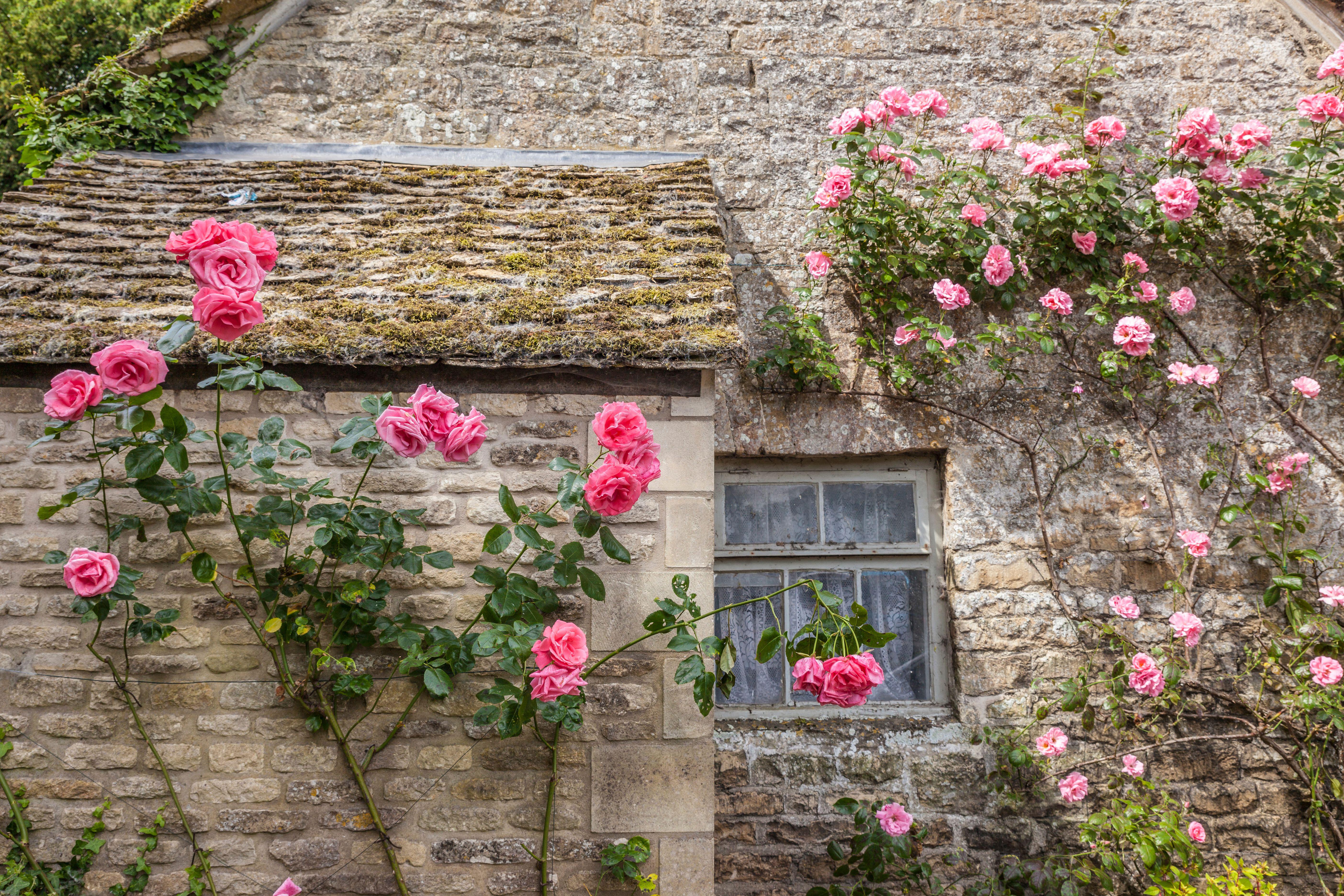 How to choose the perfect rose this bare root season
How to choose the perfect rose this bare root seasonLooks can be deceiving: bare root roses are hardier and more sustainable than potted ones, says Tabi Jackson Gee, who moved to a cottage in Wiltshire and went about finding the perfect plant. You just need patience.
-
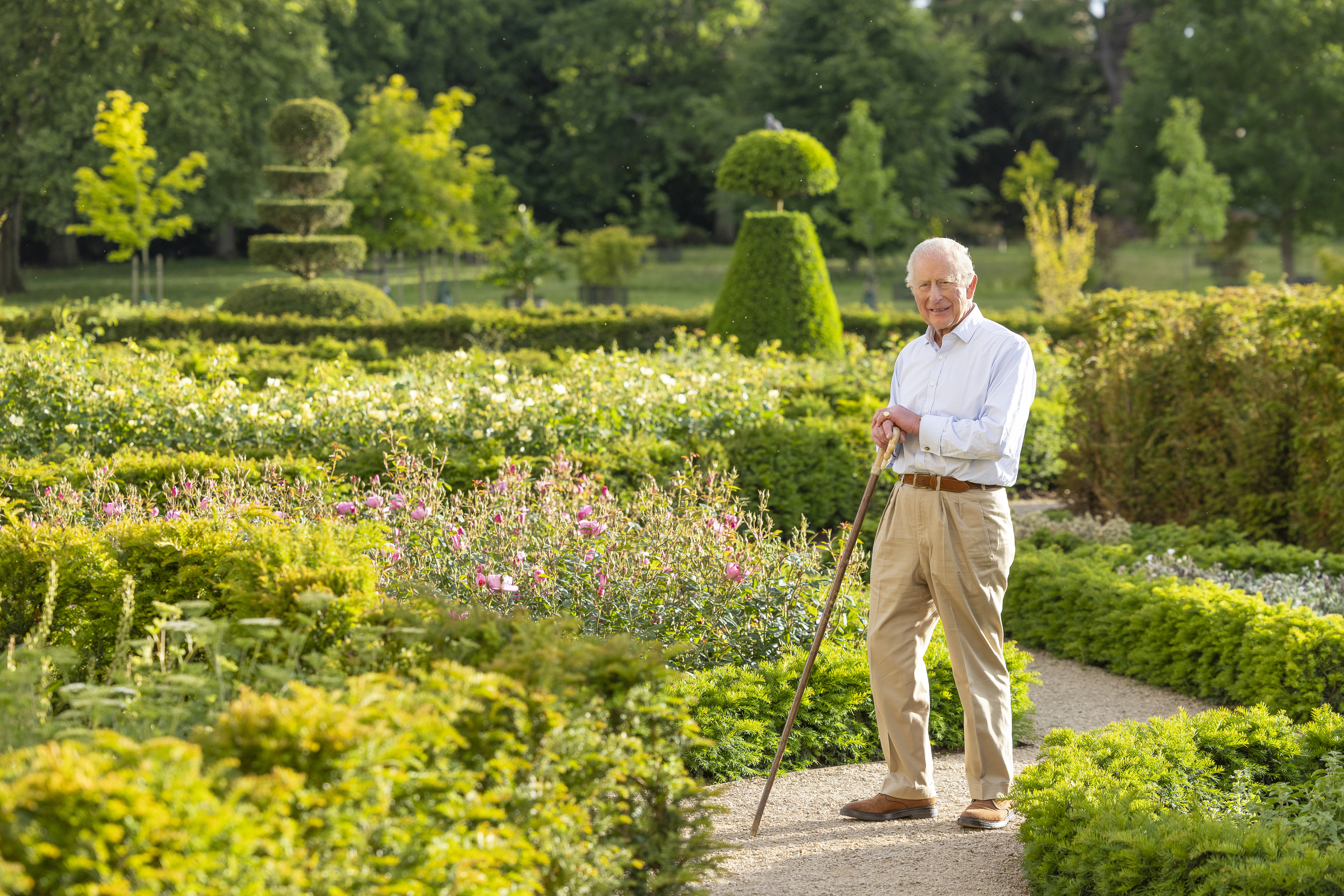 Exclusive: The King's remarkable resurrection of the gardens and parkland at Sandringham
Exclusive: The King's remarkable resurrection of the gardens and parkland at SandringhamThe King took over the running of the 21,000-acre Sandringham estate in 2017 — and in the last three years has transformed it beyond recognition.
-
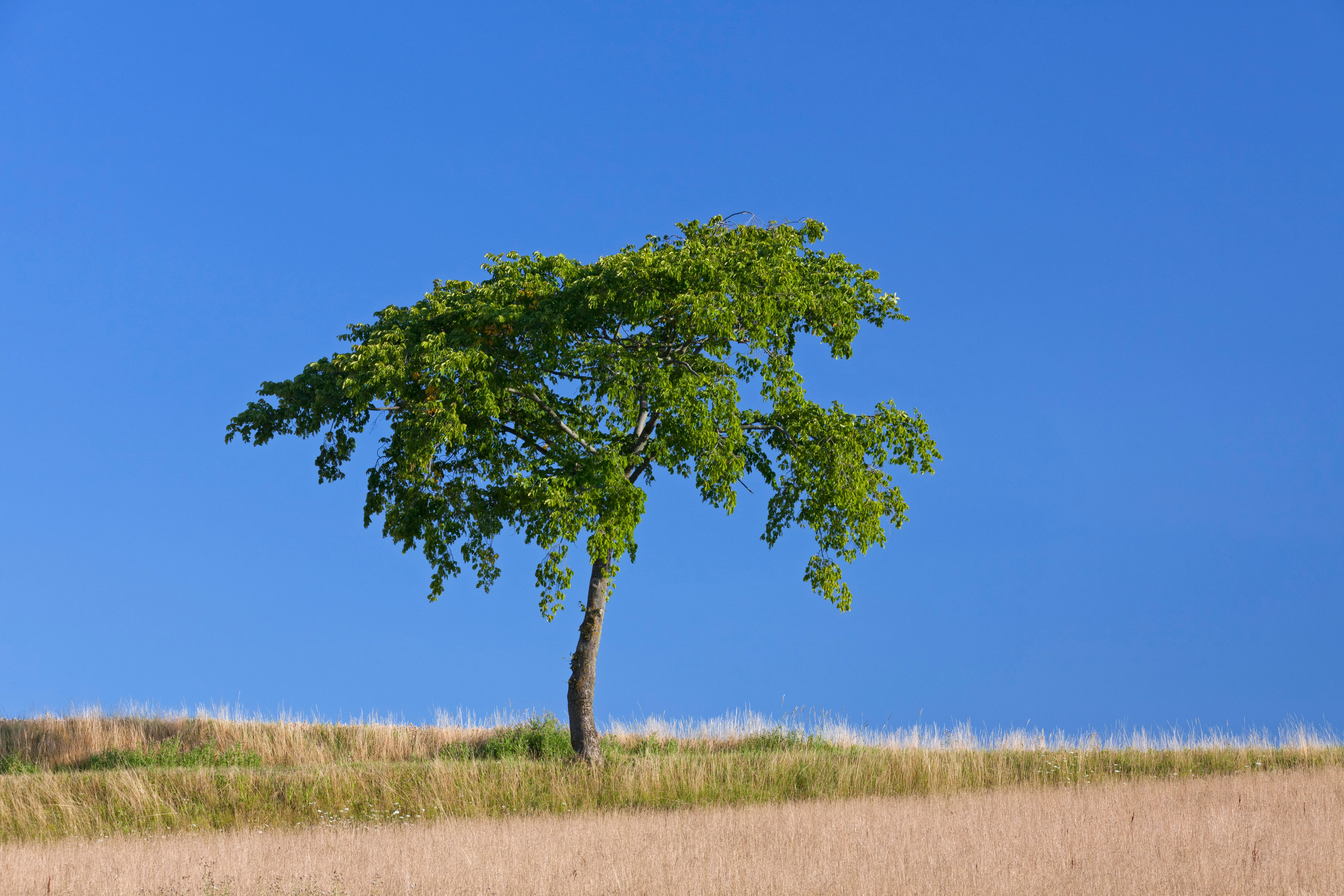 The trees that are as fine to eat as they are to look at
The trees that are as fine to eat as they are to look atMark Diacono doesn't grow many trees for the sake of the bounty they provide — but these are the notable exceptions.
-
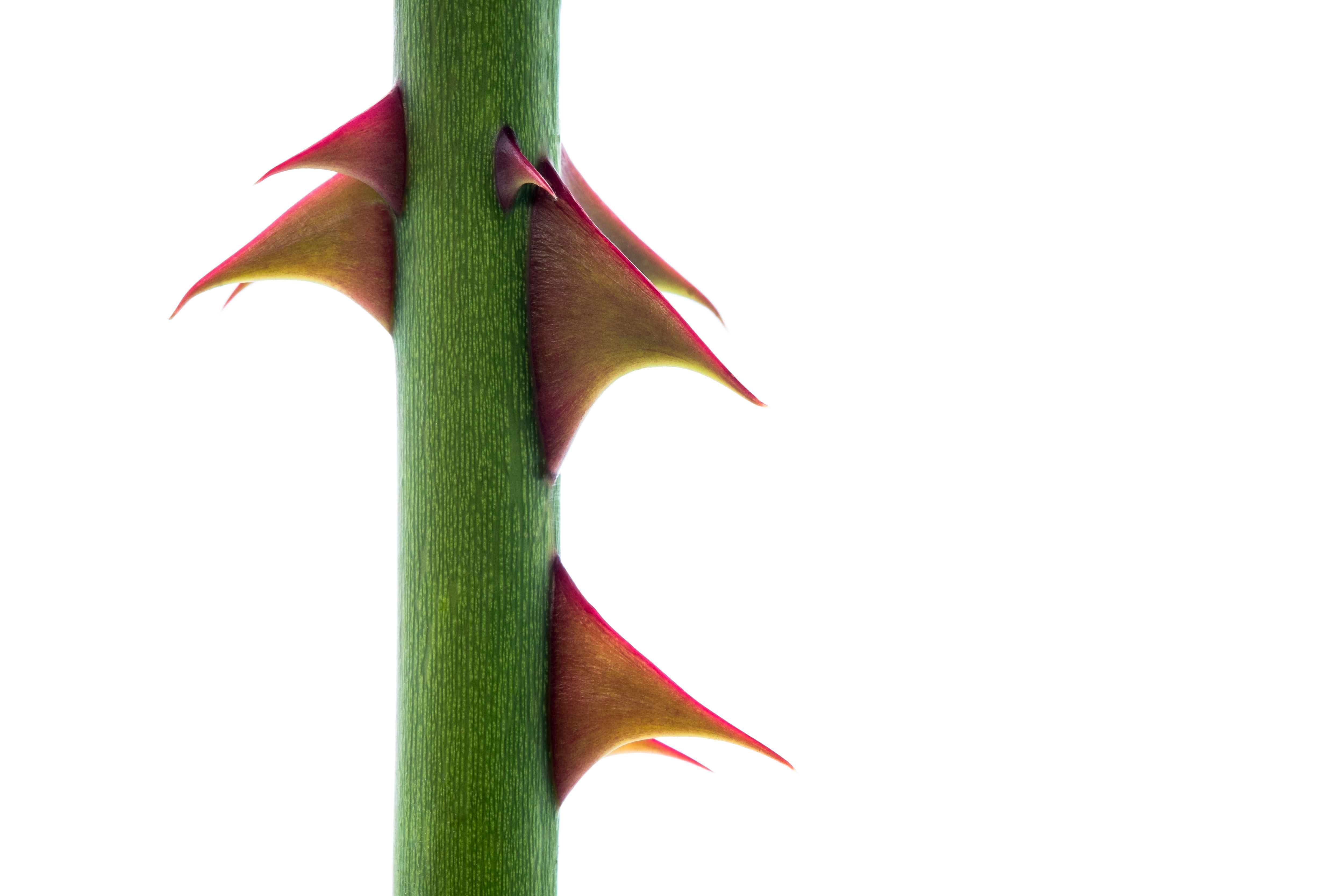 Bothered by brambles and snagged by sow thistles, but what is the point of all this thorny microaggression?
Bothered by brambles and snagged by sow thistles, but what is the point of all this thorny microaggression?Nature’s spiky deterrents — thorns, spines and prickles — may be quick to catch us out, but they can also prove to be a useful ally.
-
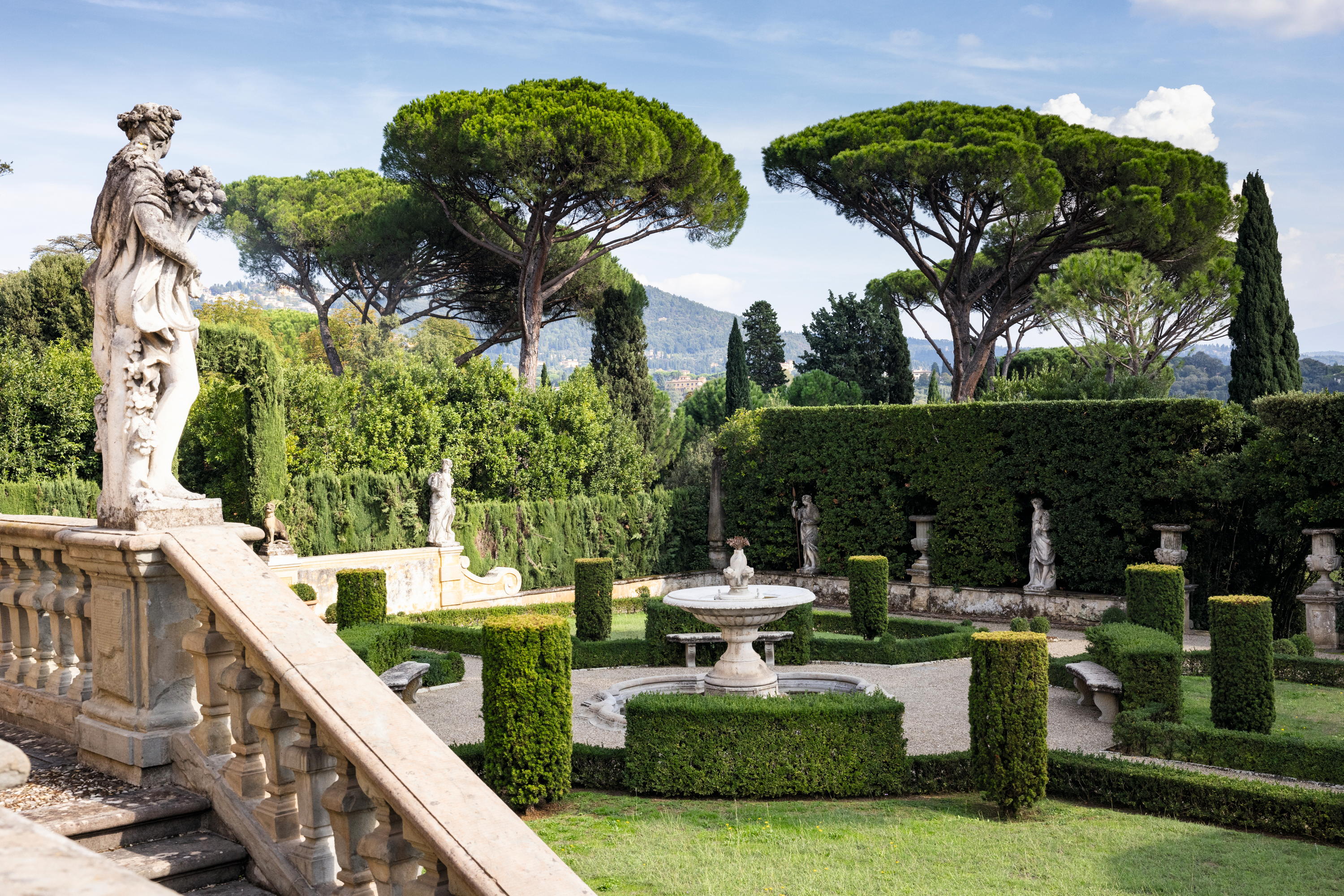 The Tuscan gardens where the English and Italian traditions come together, and Yorkshire rhubarb grows happily beside spectacular citrus
The Tuscan gardens where the English and Italian traditions come together, and Yorkshire rhubarb grows happily beside spectacular citrusNick Dakin-Elliot, who gardens in Tuscany, is still moved by the Italian hilltop gardens that command some of the most beautiful views in the world.
